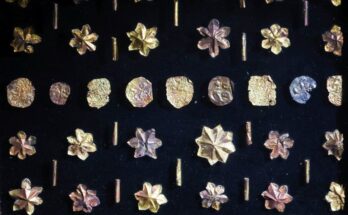London: New satellite images have revealed mass graves dug in the Iranian city of Qom, sparking additional concerns about the growing coronavirus outbreak in the country which has so far killed 429 people and infected 10,075 others making it the worst-hit in the Middle East, a media report said.
The satellite pictures, first reported by the New York Times, showed two large burial trenches, each around 90 metres long, recently dug in Behesht-e Masoumeh cemetery, about 80 miles south of Tehran, the London-based Metro newspaper said in the report on Thursday night.
Other pictures, published by the US-based Maxar Technologies, showed much of the graveyard lying unused in October 2019.
But by the beginning of this month, one previously half-filled quadrant appears to have now been completely filled up, while work was starting on another unused section.
An analyst pointed out that piles of lime could also be seen in the images, the Metro newspaper quoted a Washington Post report as saying.
Authorities in Iran have previously confirmed the use of lime when burying coronavirus victims.
Lime can be used to manage the decay and odour caused by mass graves.
The expert also said the plots had been dug differently from other graves on the site, suggesting they could have been created hastily to keep up with the country’s growing death toll.
This development comes after the Iranian government was accused last month of lying about the scale of the nation’s outbreak by a legislator in Qom, who said there had already been 50 deaths in the city, the Metro newspaper said in the report.
At the time, the Iranian Health Ministry had claimed that only 12 people had died from the disease.
Deputy Health Minister Iraj Harirchi, who had “categorically denied” the allegations, later tested positive for the virus.
Among the deaths in Iran from COVID-19 were MPs, a former diplomat and a senior adviser to Supreme Leader Ayatollah Ali Khamenei.




